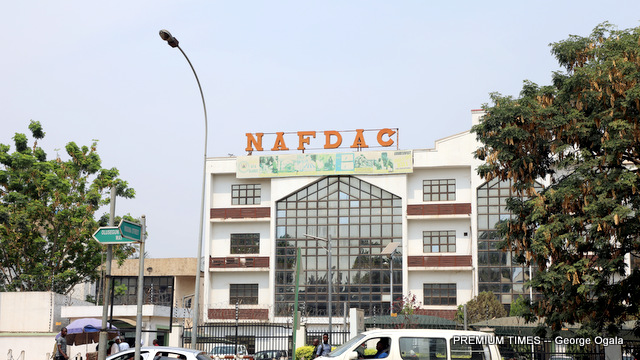As I pen this, we begin the second week of 2024.
National Football playoff matchups are set, the first professional golf event is in the books. Washington vs. Michigan takes center stage for the NCAA football championship. (Go, Huskies!).
It feels like winter in Southern California as temps dip into the 30s at night. The Iowa presidential primaries are just over a week away, which officially begins an election year.
Yes! A lot is happening. As 2024 ramps into full swing, here’s the advice I’m giving to my owners and occupants of industrial buildings.
Look at total cost
Generally, our annual transaction mix is around 70% leasing and 30% sales. 2023 was no exception.
2022 reversed that ratio as we experienced a buying frenzy in the first half of the year. But as I mentioned in my annual prediction column last week, I expected some rate softening last year and we got it. For context, let’s use a 40,000 square foot building in the Inland Empire.
In January 2023, the prevailing ask was $66,000 per month triple net – rent net of operating expenses. By the end of 2023 it had dropped to $54,000 – an 18% decline. However, ignored in that calculus are the “gross up expenses” of property taxes, insurance and costs associated with mowing the lawn, servicing the air conditioners and keeping the roof water tight. These vary widely.
For an owner who purchased his building recently, expect these extras to be approximately $6,000 per month. The low end — for an owner who’s held title for many years could be half — $3,000 per month.
Added to our triple net rates and a $54,000 per month cost escalates to a range of $57,000-$60,000.
We advise clients these days to consider the “grossed up” rates when comparing alternatives.
Who’s buying what?
More buildings for sale will hit the market this year.
Fueled by vacancies — something we’ve not experienced in years — some owners will cash out instead of originating new leases.
We just completed a deal where the owner spent 36% of the lease’s future income just to attract our client to his building.
Downtime, abated rent, beneficial occupancy, refurbishment, tenant improvements and paying commercial real estate professionals for their representation are among the expenses necessary.
We’ll also see sales of buildings to their tenant occupants. I’ve mentioned many times in this space: Your best buyer is your resident.
What about interest rates, you may be wondering?
Some wise person once opined, “You marry the building, you date the interest rate.” Focus on the price you’re paying. You can always refinance if rates settle lower.
Also, consider owner financing. We struck a sale last year using this structure.
Encumbered by a long term lease that paid them effectively a 3% dividend, the owners were thrilled to sell, carry the paper and get a higher return. Plus, the crush of taxes is protracted.
Expiring lease
If you occupy a building under a lease arrangement, and your lease expires sometime in 2024, we advise proceeding with caution, particularly if your lease started before 2021.
Lease rates have experienced an exponential rise but are now softening.
Depending on the nature of your ownership (private or institutional),- you might be able to strike a renewal at a rate below that of the market.
Pay special attention to the owner’s cost to replace you.
Remember the example above where an owner spent 36% of his future income just to secure a resident? Some owners can’t afford to do this and are willing to reduce the rate in order to keep you.
Look to Class A industrial buildings as well. Our prediction is that these rates will soften, and you might be able to get a better building for the price of one that’s a bit more antiquated.
Election year
Jonathan Lansner did a masterful job reviewing election year trends as they affect our economy. If you didn’t catch his piece, “Are presidential elections good or bad for California’s economy,” I’d highly recommend you find it, cut it out, and pin it to your bulletin board. Enough said.
Cap rates
We pay very close attention to a United States Treasury instrument known as the 10 Year Treasury.
Commercial lending, as well as capitalization rates, closely follow this indicator.
We started to see a fairly astronomical rise in 10-year notes last year. They reached a crescendo in November, topping 5% for the first time in a couple of decades.
They’ve now settled back to a more reasonable 4%.
Simply, you can invest idle cash and receive a risk-free return of 4% on your money. Many opt to do this vs. investing in the uncertainty of real estate ownership.
For context, this same rate at the beginning of 2022 was a paltry 1.76%. As the 10-year note falls into the 3-½ % range, institutional investors shift their focus to investing in commercial real estate, which has the effect of lowering capitalization rates. This could spell a spate of buying activity by the big boys.
Allen C. Buchanan, SIOR, is a principal with Lee & Associates Commercial Real Estate Services in Orange. He can be reached at [email protected] or 714.564.7104.







